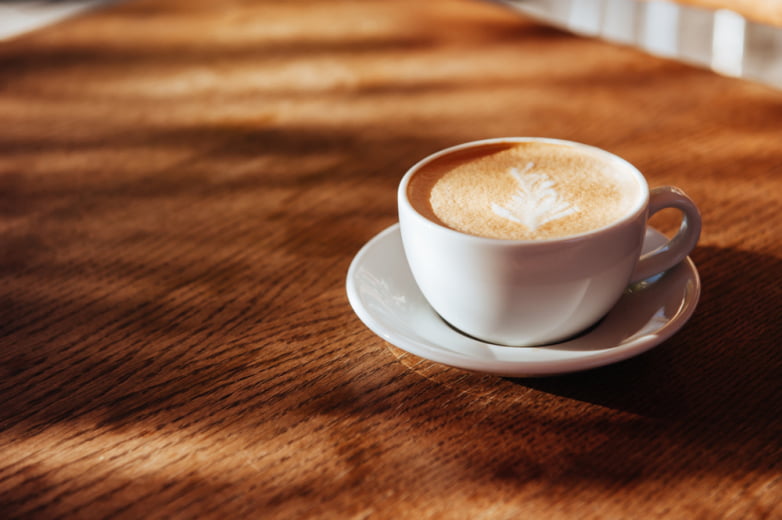On Thursday, Jollibee’s legitimate Twitter account published a single tweet, which turned into a picture of their wide-eyed insect mascot wishing a happy birthday to multifaceted Filipina entertainer Sarah Geronimo. “May your day be filled with love, pleasure, and all your Jollibee favorites!” the business enterprise wrote. What it didn’t point out—and failed to tweet approximately—became that the Manila-based rapid meals chain dropped $350 million to buy the struggling Coffee Bean & Tea Leaf chain.

If you have not notion about Coffee Bean & Tea Leaf because about the time Perez Hilton changed into running out of one, you are now not on my own: Jollibee itself mentioned that the espresso chain misplaced $21 million on sales of $313 million in 2018.
According to Forbes, Jollibee will invest $100 million to shop for 80% of the Singapore maintaining organization to own the Coffee Bean, at the same time as the opposite 20% will be controlled using Highlands Coffee, a Vietnamese coffee organization that Jollibee co-owns. The ultimate $250 million could be used to pay off a number of the Coffee Bean’s fantastic debt.
“The deal will deliver worldwide business’ contribution to 36% of global sales and could convey Jollibee in the direction of its vision to be one of the pinnacles five restaurant corporations in the world in phrases of marketplace capitalization,” Tony Tan Caktiong, Jollibee’s founder and chairman, stated in an assertion.
Despite Jollibee’s corporate “imaginative and prescient”—and the reality that the Coffee Bean is predicted to make up 14% of its global sales—shareholders have been much less interested in the deal than they have been in a cup of Coffee Bean dark roast: Jollibee’s stocks dropped eight% after the acquisition was made public. “There is market skepticism that this purchase will be earnings accretive thinking about Coffee Bean’s 2018 loss is about 12% of Jollibee’s profit closing yr,” Rachelle Cruz, an analyst at AP Securities, instructed Bloomberg.
Jollibee, referred to as “The McDonald’s of the Philippines,” presently operates 3,195 restaurants in the island country and some other 1,418 globals. Last December, it finished its $210 million acquisition of Smashburger because it’s straight-up thirsty for struggling U.S. Chains. Two years ago, it thought approximately purchasing British coffee-and-sandwich chain Pret-A-Manger, but JAB Holdings swooped it for $2 billion. (And right here’s your periodic reminder that JAB Holdings remains very sorry that its late proprietors were literal Nazis.)
The first In-N-Out opened in 1948 in 1st Earl Baldwin of Bewdley Park, California, a San Gabriel Valley metropolis that became, at the time, acknowledged mainly for its circle of the relatives-run turkey farm. That restaurant became the state’s first drive-thru. Over the subsequent several years, it slowly became synonymous with California fast food—no matter the truth, the chain failed to expand outside of nation lines until 1992.
Seventy-plus years later, In-N-Out’s 346 places are all contained within six states, and none of them are further east than Texas. And all of that is a lengthy way of saying that no person has any clue how—or why—an impeccably wrapped In-N-Out double-double may want to end up inside the middle of a street in Jamaica, Queens.
Lincoln Boehm, a Brooklyn-based creative director, turned into on his manner to McDonald’s for breakfast before he caught an early morning train from the Jamaica Long Island Railroad (LIRR) station. He regarded down, and that is while he saw it: this decidedly out-of-nation burger, sitting neatly at the pavement. “We didn’t contact it. We stopped for a 2nd and took images and regarded around to peer if absolutely everyone else became noticing it after which we walked on,” he informed the New York Post, including that the unexpected burger sighting “definitely shook me to my center.”


